17 Once-Beloved Department Stores That Are Now Defunct
At least you can still visit the Macy's they all became.
America's department store landscape has undergone seismic change over the past few decades alone. While today's shoppers turn to Saks, Neiman Marcus, and Macy's for everything from prom dresses to electronics, not long ago, they were spending money at now-defunct department stores like Hecht's, Ames, and Marshall Field's. If you're ready for a trip down memory lane, herein we've rounded up some of the most recognizable department stores that no longer exist. And for shopping advice that you can use today, check out these 20 Target Shopping Secrets Only Die-Hard Regulars Know.
1
Filene's

Founded in the late 1800s by William Filene, Filene's was a Boston-based department store with almost 50 brick-and-mortar locations throughout New England and New York at its peak. When Federated Department Stores—now Macy's, Inc.—was created in 1929, Filene's was one of the founding members of the holding company. In 1988, Filene's was sold off to The May Department Stores Company and by 2006, most of its stores had been absorbed by Macy's, with the last Filene's finally shuttering in 2011. Today, the building that once housed the flagship Filene's in Boston is listed in the National Register of Historic Places, and it is rented out for office and retail space by companies including Primark.
2
Abraham & Straus

In its heyday, Abraham & Straus was one of the biggest retailers in New York. When competition from similar stores began to threaten the brand in the 1900s, it bought out almost an entire block in Downtown Brooklyn for a new building and even convinced municipal officials to create a subway station on Hoyt Street with a direct entrance into the store.
So, what happened to A&S? Things started to go downhill once Isidor Straus, one of the founders of the department store, died on the Titanic in 1912. By the 1970s, the popularity of Brooklyn's Fulton Street shopping corridor was fading, and in 1995, the Abraham & Straus name was ultimately retired and replaced by Macy's.
3
Bonwit Teller

For the better part of the 20th century, Bonwit Teller sat proudly among the upscale department stores lining Fifth Avenue in New York City. Like Saks and Peck & Peck, the store catered mostly to the carriage trade, or wealthy customers who received special treatment due to their socioeconomic status.
At its peak, the luxury retailer had locations all throughout the United States—First Lady Eleanor Roosevelt even attended the opening of the location on Fifth Avenue and 56th Street—but it just wasn't expanding quickly enough to keep up with its competitors. In 1979, Bonwit Teller was forced to sell its flagship store to Donald Trump—where the Art Deco building once sat is now a Trump Tower—and in 1990, the company filed for Chapter 11 bankruptcy. The last remaining Bonwit Teller closed its doors in 2000. And for more retail trips down memory lane, check out These Shuttered Stores from the 1990s That Will Make You Feel So Nostalgic.
4
Hecht's
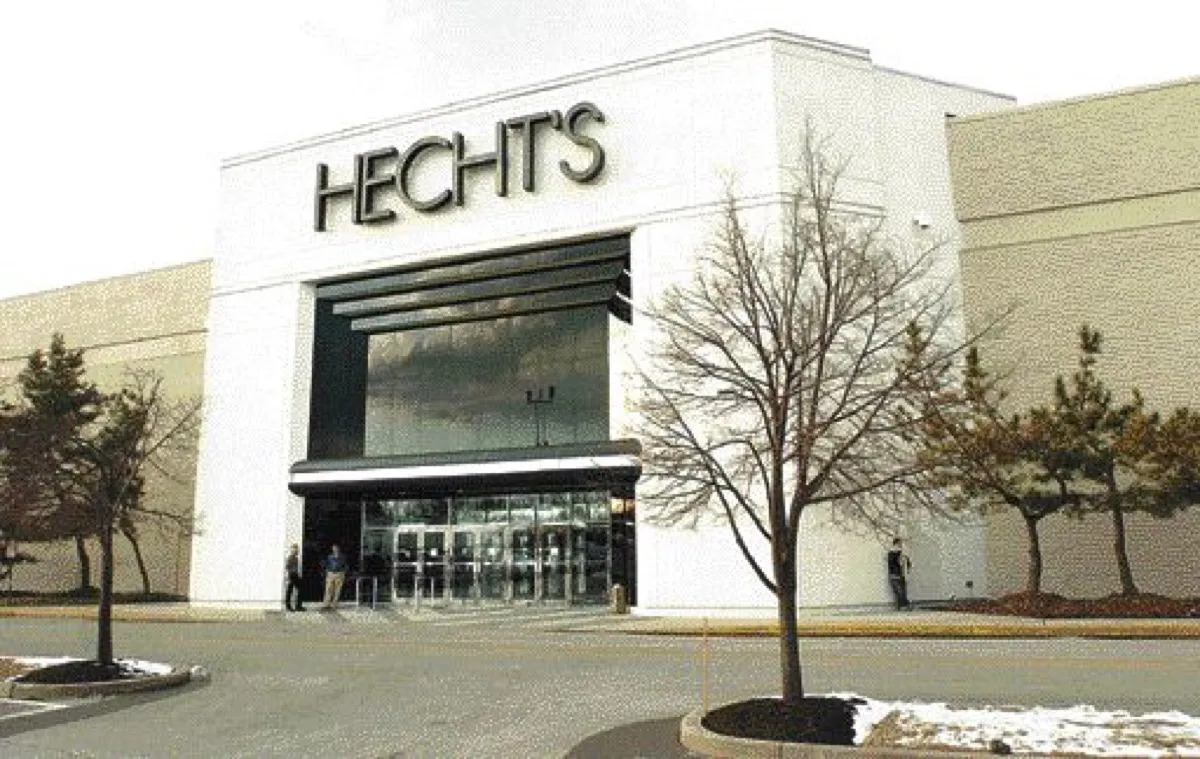
For more than a century, Hecht's was operated by the Hecht family, German immigrants who arrived in the United States in the mid-1800s. Before all of the Hecht's stores were replaced by Macy's in 2006, the brand had more than 80 locations throughout the mid-Atlantic region and south, from Washington D.C. to Tennessee. When the store was first founded in Baltimore in 1857 by Sam Hecht, Jr., it only sold used furniture; in 1879, though, the entrepreneur added clothing to his inventory, turning Hecht's into a one-stop shop for customers.
5
Kaufmann's

If you lived in the Pittsburgh area in the 20th century, trips to Kaufmann's were probably part of your regular shopping routine. Founded in 1871 as a men's store, Kaufmann's expanded into the women's market and the department store eventually set up shop in Pennsylvania, West Virginia, New York, and Ohio. Today, all that remains of Kaufmann's are a bunch of Macy's stores, a luxury residential complex, and, of course, the famous Kaufmann's clock.
6
Ames
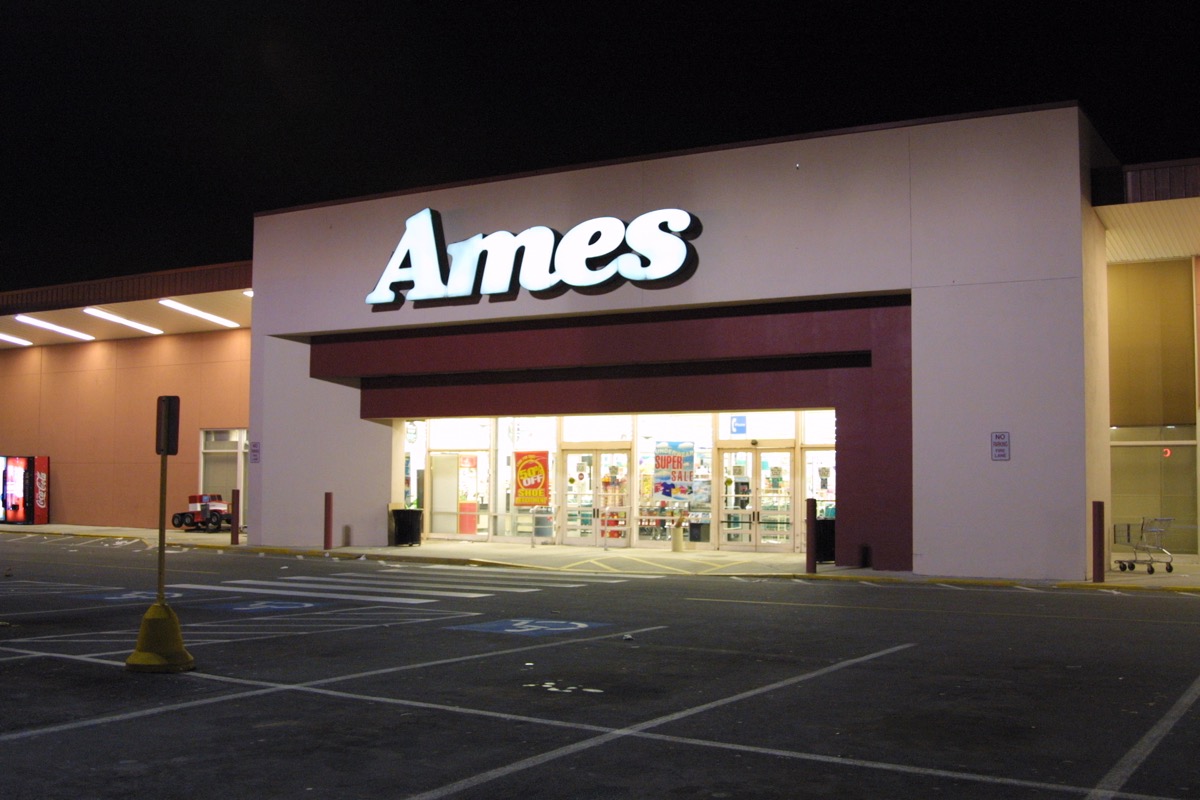
With some 700 stores in 20 states, Ames was once the fourth-largest discount department store in the United States. However, the company's rapid expansion throughout the 1970s and 1980s ended up backfiring. With the acquisitions of the "Big N" chain, King's Department Stores, G.C. Murphy, and Zayre, Ames found itself spending more than it was taking in, and in April 1990, it filed for Chapter 11 bankruptcy. During this time, the brand closed some 370 stores, but it took yet another bankruptcy filing in 2002 for the final Ames store to close its doors for good. And if you want to save money at stores that are still in business, check out these 17 Stores That Will Give You Discounts for Bringing in Old Stuff.
7
Mervyn's

Though Mervyn's department stores were a hit with customers for quite some time—at its peak, the brand had more than 300 stores—a 1978 acquisition by Dayton-Hudson (now Target Corp.) was the catalyst for its ultimate downfall. Dayton-Hudson allegedly devoted most of its time, effort, and resources into expanding Target, leaving Mervyn's' sales to falter. Mervyn's customer base was so depleted by the early 2000s that rather than attempt to revive it, Target Corp. sold it to three private equity firms for $1.25 billion in 2004.
In 2008, Mervyn's was forced to liquidate via a Chapter 7 bankruptcy filing, one that analysts allege could have been avoided. And it seems that they were right: In 2012, the private equity firms who were the last to own Mervyn's were forced to pay creditors $166 million as reparations for "fraudulent profits" and for "[driving] the retailer into bankruptcy."
8
Marshall Field's
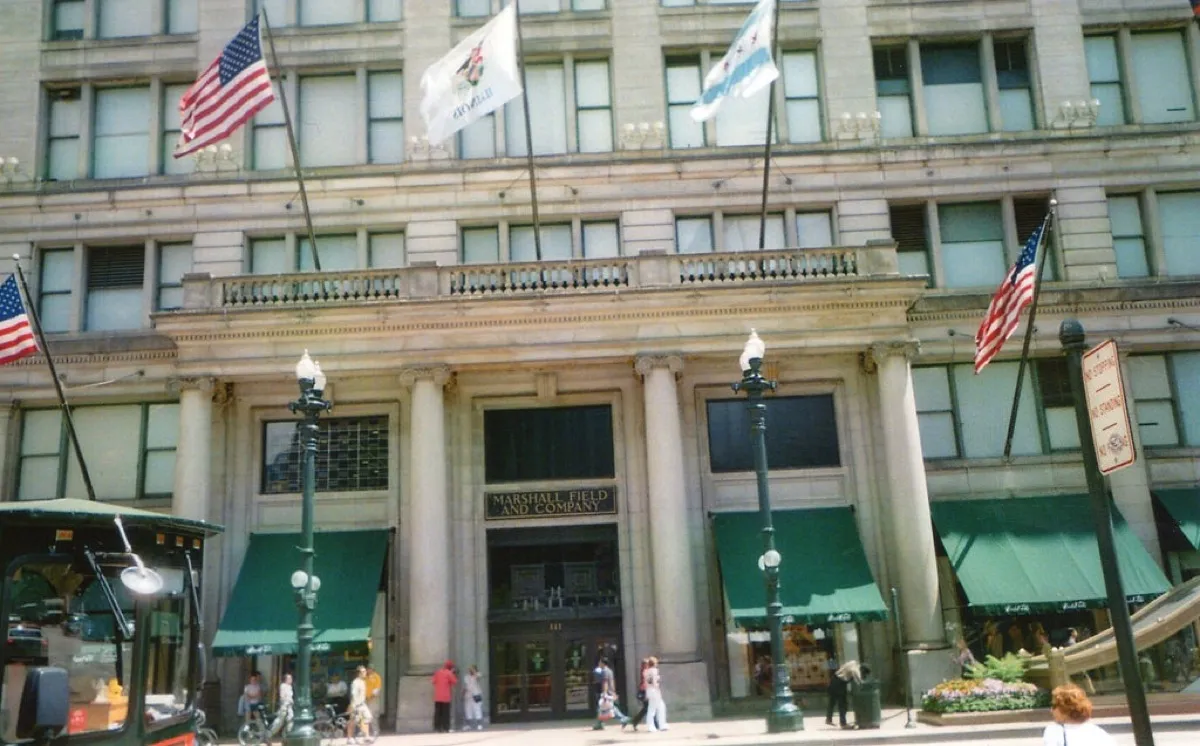
Marshall Field never let a little fire get in the way of his business ventures. Though his original Chicago storefront burned down in 1871 and 1877, the entrepreneur was able to quickly bounce back both times and turn what was once just a tiny dry goods store into a nationwide empire. In the latter half of the 20th century, ownership of the brand passed through many hands—until 2005, that is, when it wound up in the portfolio of Federated Department Stores and was eliminated for good. And if you want to be as successful as Marshall Field, here are The 20 New Rules for Successful Entrepreneurs.
9
Caldor
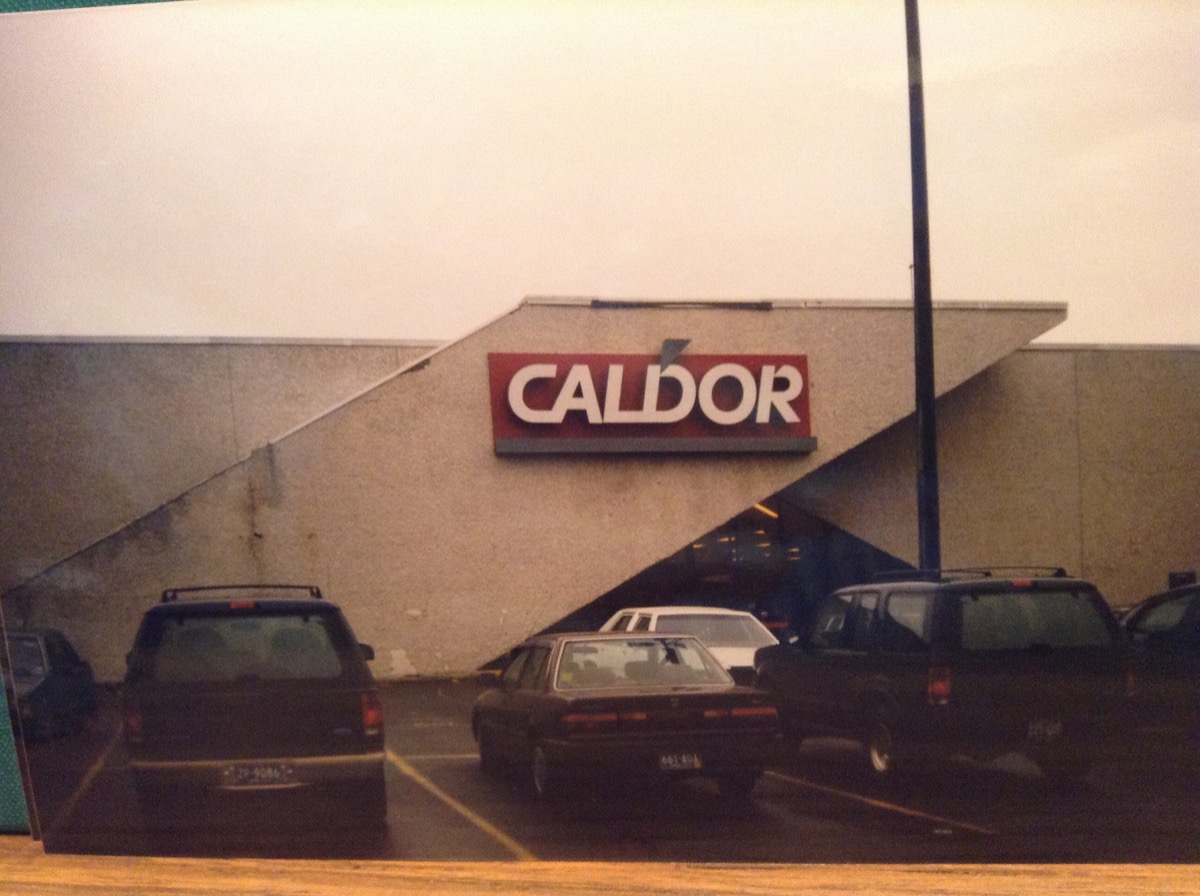
There was once a time when Caldor was called "the Bloomingdale's of discounting" by The New York Times, but today, the store is little more than a distant memory. The regional retailer filed for Chapter 11 bankruptcy protection in 1995—and though it was able to hold on for a few more years, Caldor ultimately liquidated and ceased operations in 1999.
10
Gimbels
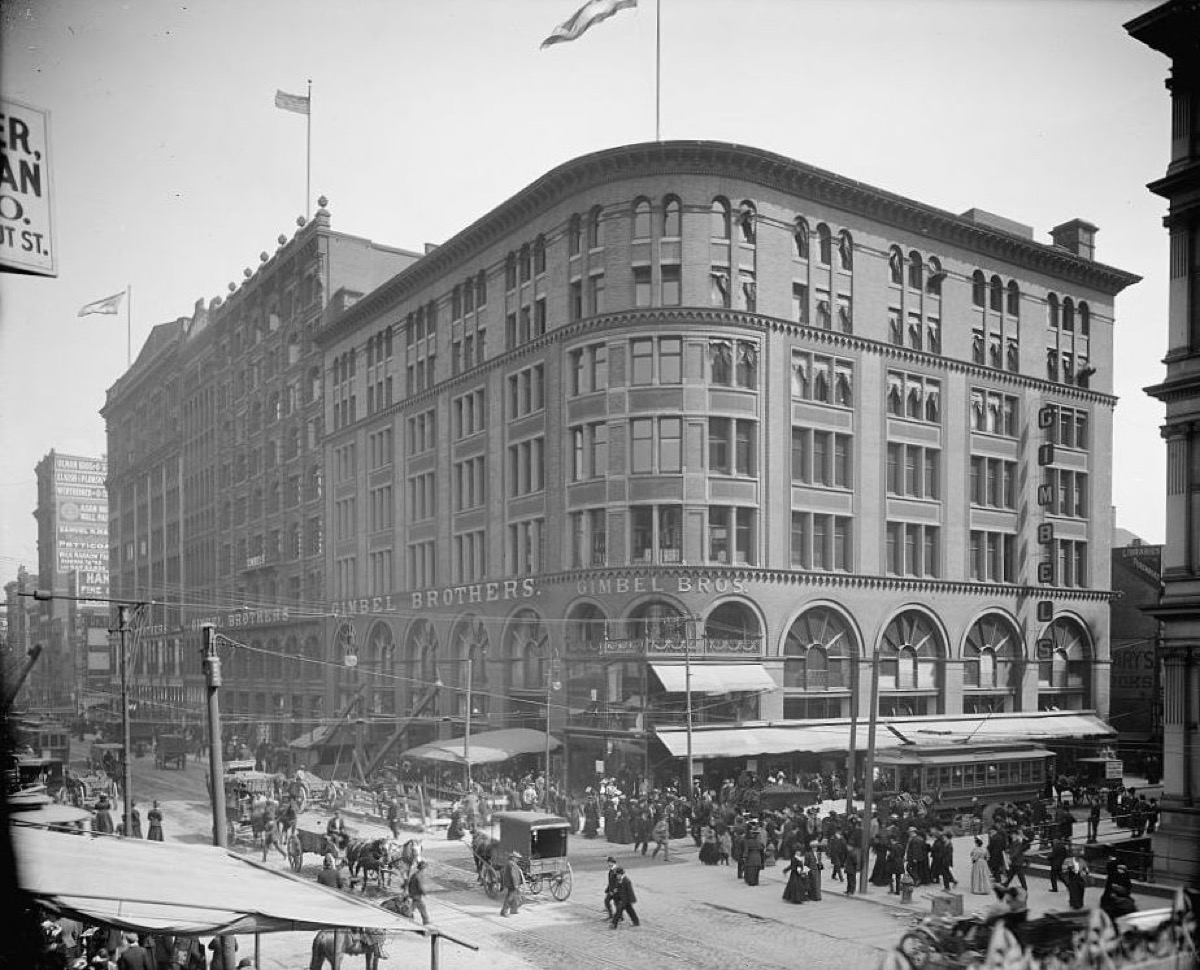
To say that Gimbels was a success in the first half of the 20th century would be putting it mildly. By 1930, Gimbels had 20 outposts generating a total of $123 million in sales, making it the largest department store in the world. Thanks to its growing popularity, Gimbels was even prominently featured in 1947's Miracle on 34th Street as the bitter rival of Macy's.
Unfortunately, though, the company wasn't able to translate its early success into long-term prosperity. In 1986, parent company Batus Inc. shut down its Gimbels division, with Gimbels leaving behind little more than a Thanksgiving parade (now known as the 6abc Dunkin' Donuts Thanksgiving Day Parade), a film cameo, and a once-lucrative legacy.
11
Rich's

Founded in 1867 by the Rich brothers, Rich's started out as a dry goods retailer, eventually becoming a full-fledged department store in 1901. In 1976, holding company Federated bought the brand from the eponymous family, and in 2003, the decision was made to rebrand the store as Rich's-Macy's. To the dismay of Atlanta residents, all of the locations became just Macy's in 2005, though the renowned Rich's Great Tree holiday event still takes place every year at the former Lenox Square Mall location.
12
Hudson's
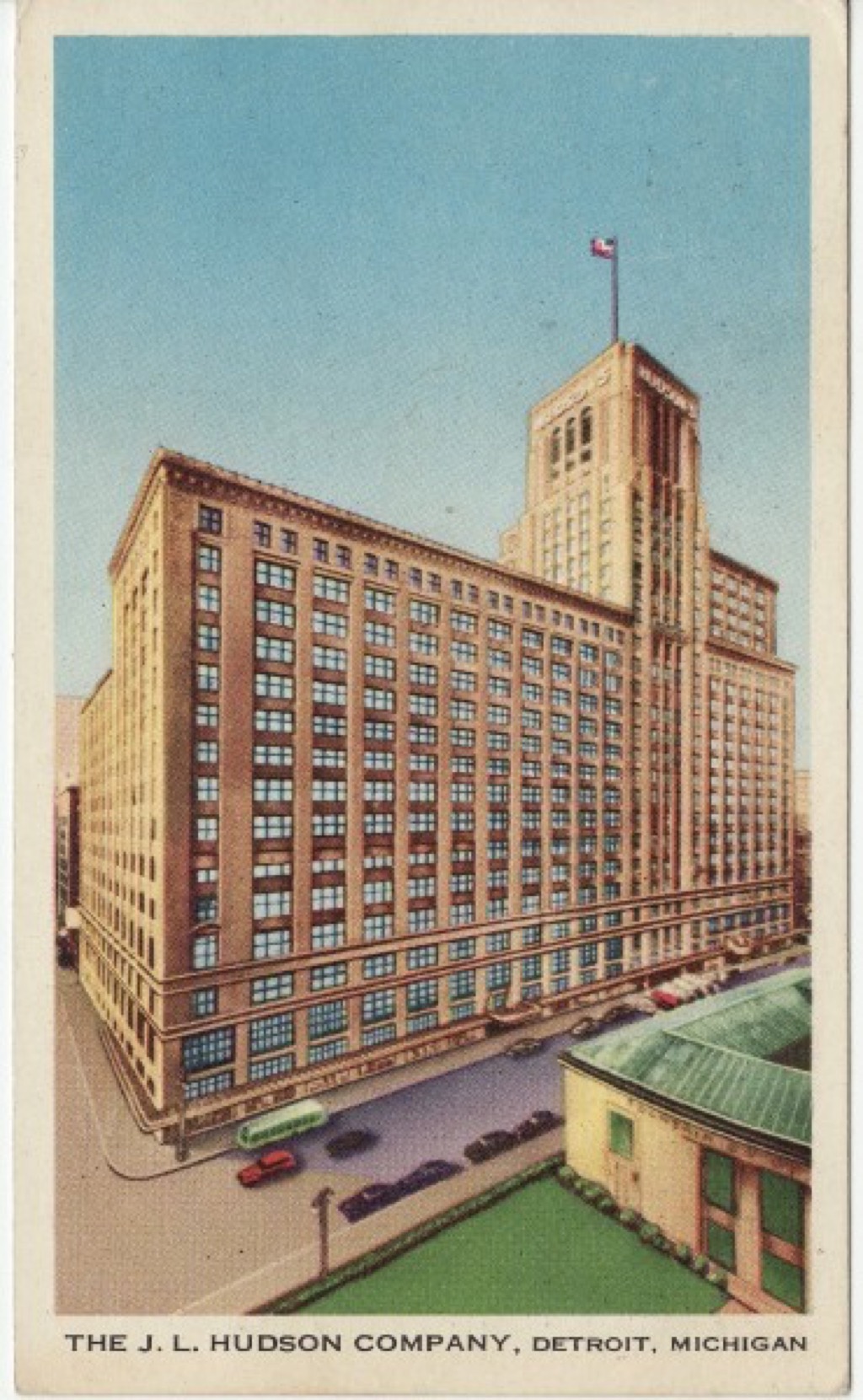
When he was just 35 years old, Joseph Lowthian Hudson founded the very first J.L. Hudson store in Detroit, Michigan. Though it sold only men's clothing when it first opened, Hudson eventually relocated to a larger building in 1911 and grew his brand's flagship store into what was the world's tallest department store until 1961.
At its apex, Hudson's had locations all over Michigan, but the economic hardships of '70s and '80s took a toll on the company. In 1983, Hudson's was forced to shut down operations at its downtown Detroit flagship and in 2001, all of the stores became Marshall Field's and later Macy's. And for more fun facts about unusual landmarks, check out The Creepiest Abandoned Building in Every State.
13
Wanamaker's
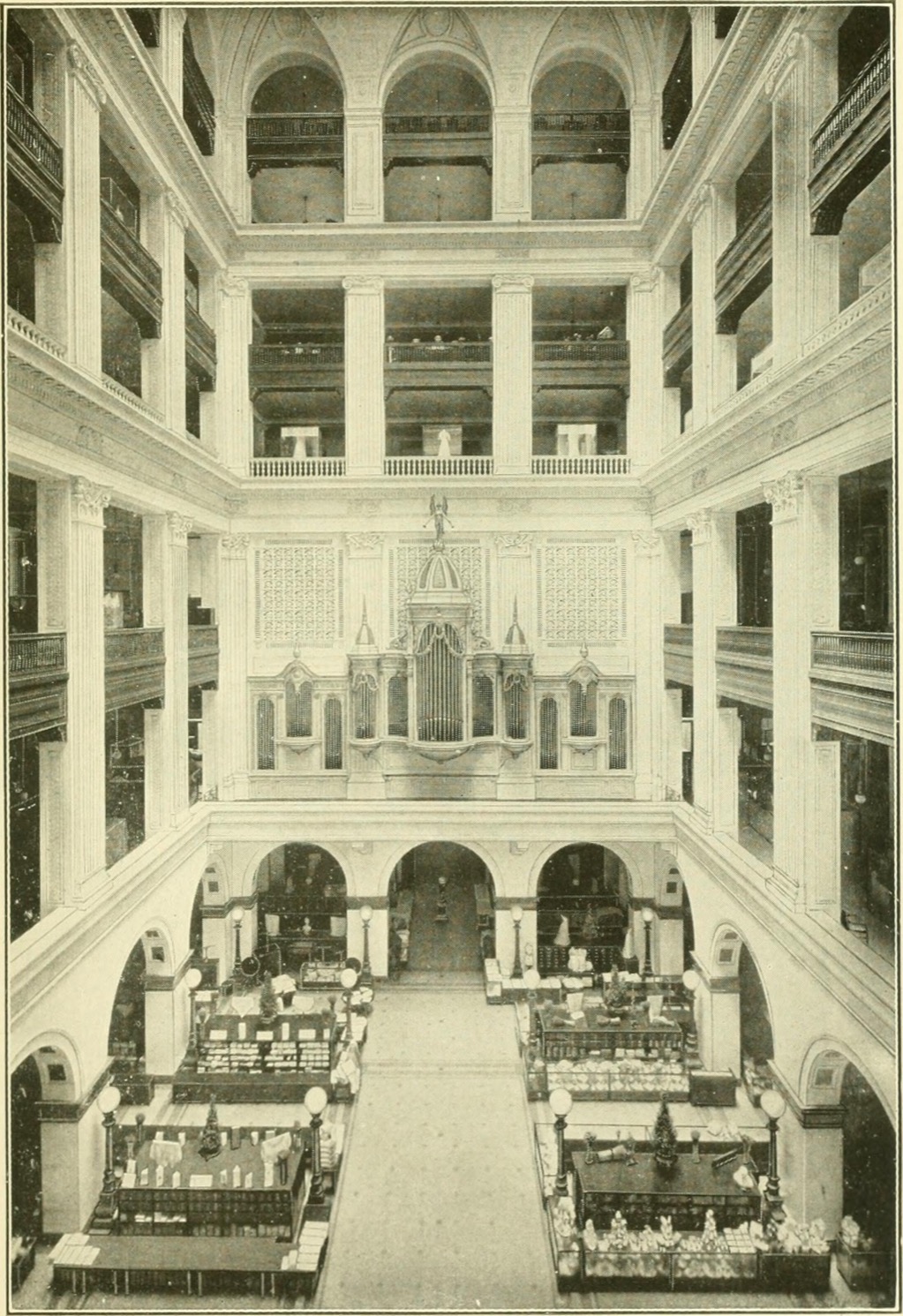
"Wanamaker's legendary department stores were palaces of consumption that turned shopping into an event for ordinary people," PBS' "Who Made America?" series says of John Wanamaker and his now-defunct business. Experts credit the savvy businessman with developing the concept of the modern department store and the creation of the price tag, among other feats of capitalism. At the end of the 20th century, Wanamaker had 16 stores, but they all eventually ended up in the hands of May Company Department Stores and were eventually rebranded into Hecht's.
14
Meier & Frank
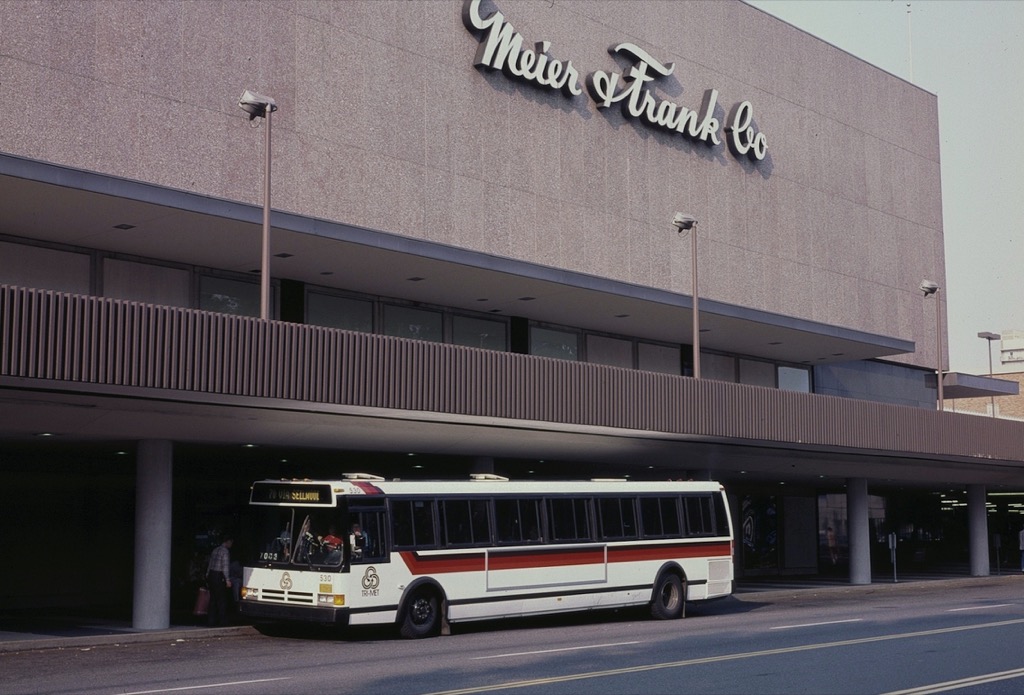
Meier & Frank was a department store that operated all over the West Coast in the 19th and 20th century until its parent company, Federated Department Stores, rebranded all of its locations into Macy's in 2006.
15
Steiger's

Founded in 1896, with its flagship store in Springfield, Massachusetts, Steiger's was a New England fixture for nearly a century until its takeover by The May Department Stores Company in 1995. Before it was bought out, Steiger's was run by generation after generation of the Steiger family, ending with founder Albert Steiger's grandson, Albert E. Steiger Jr., in 1992.
16
Foley's
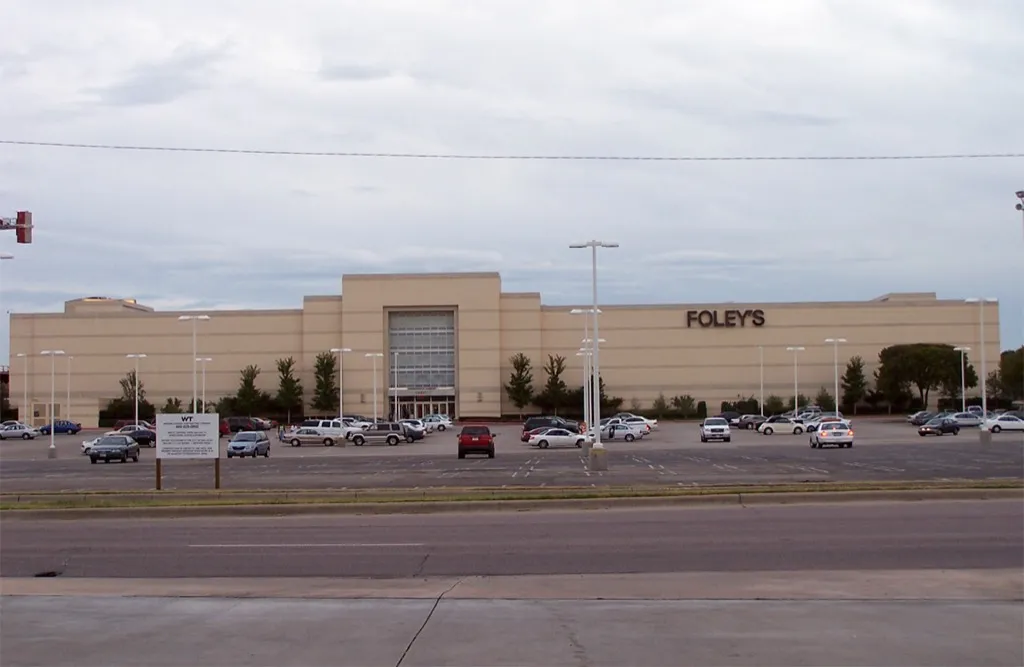
It didn't take long for national department store Foley's to be absorbed by a bigger brand. In 1947, just 47 years after the first store opened, Foley's was acquired by Federated Department Stores and later made its way into the May Department Stores portfolio. The brand saw success under both parent companies, but in 2006, Federated—which took over May Department Stores in 2005—made the decision to turn the Foley's locations into Macy's.
17
Korvette's
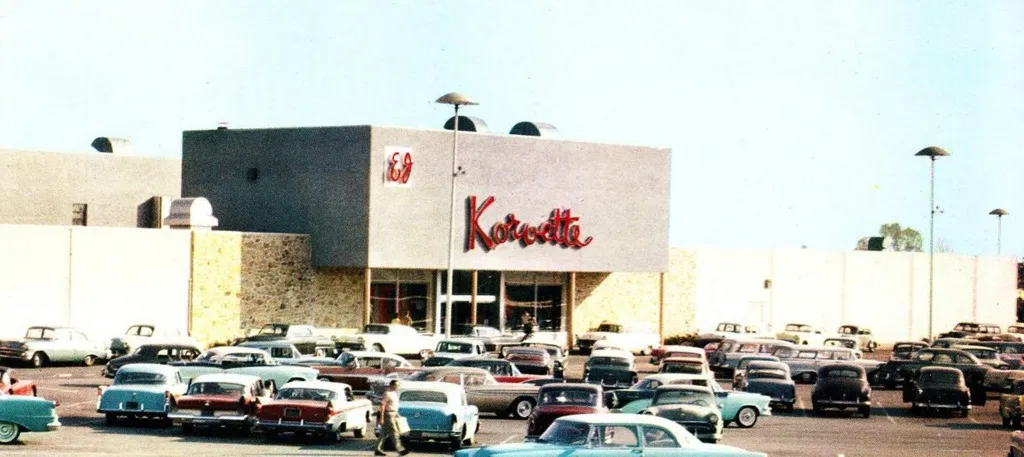
We have Korvette's to thank for discount department stores like T.J. Maxx and Nordstrom Rack. Founded in 1948 by World War II veterans, the retailer sold well-known brands for one-third off of MSRPs and instituted one of the first department store membership programs. However, due to mismanagement and overzealous expansion, Korvette's filed for bankruptcy in 1980 and shut down all of its stores by the end of the same year. And even though Korvette's is no longer, you can still save money by shopping at these 17 Stores With Insane Spring Markdowns.
To discover more amazing secrets about living your best life, click here to follow us on Instagram!






















